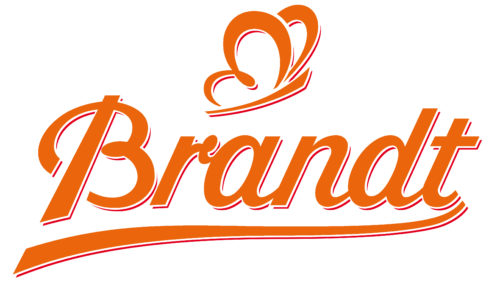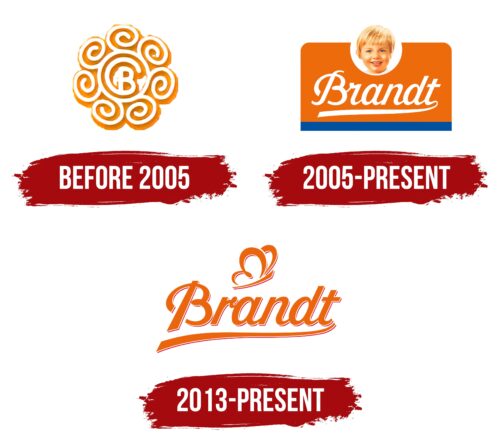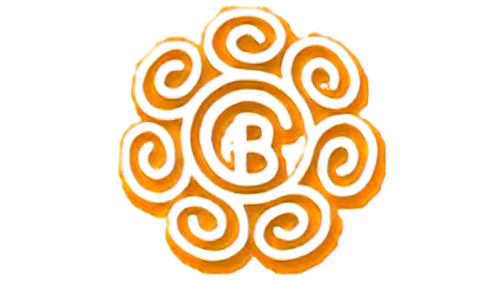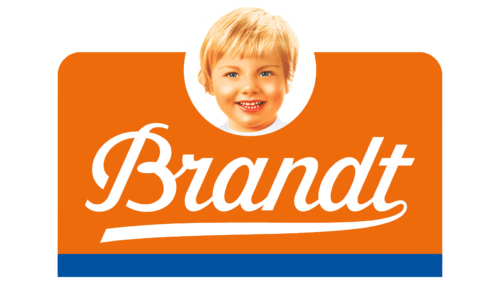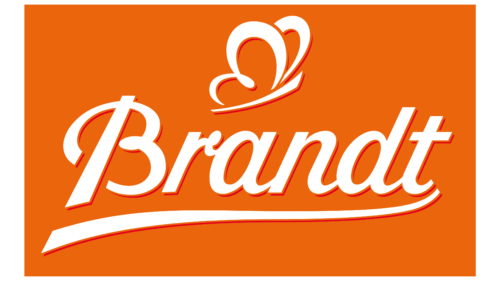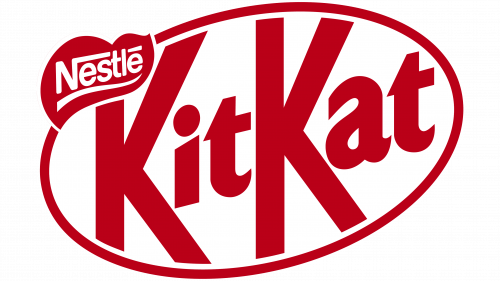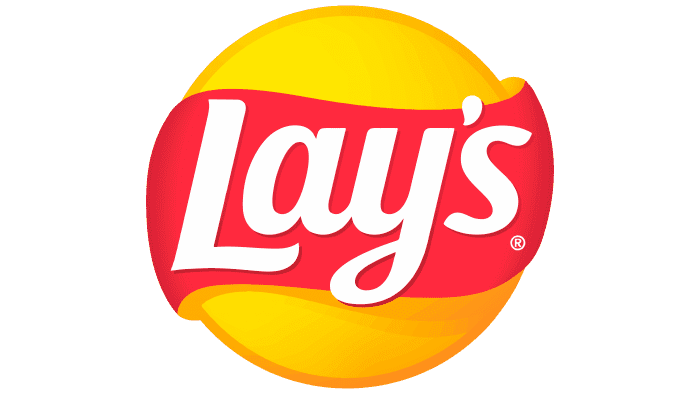The logo of Brandt Zwieback represents the brand’s longstanding history as a trusted German manufacturer of Zwieback, a type of crisp, sweetened bread often used as a baby’s first solid food. This logo reflects the company’s reputation for producing wholesome, high-quality baked goods that have been part of family life in Germany for generations. It signifies Brandt’s dedication to tradition and quality and the comfort and reliability parents expect from Brandt Zwieback for their children’s first foods. The emblem highlights the brand’s contribution to nurturing and nutrition, underscoring its status as a household staple in Germany.
Brandt: Brand overview
Back in 1912, a bakery called Brandt started in the small town of Hagen, Germany. Karl Brandt, the founder, was a baker with a vision. He wanted to make food that was both healthy and easy for kids and babies to eat.
His big invention was Zwieback, a crispy biscuit made with wheat flour, yeast, and water. The trick to making Zwieback last longer and easy to use was baking it twice. This made the biscuit crunchy and long-lasting, perfect for busy parents.
Zwieback became very popular in Germany as a nutritious alternative to regular bread for children. Parents liked it because it was easy for their kids to digest.
Over the 1920s and 1930s, Brandt added more flavors and shapes of Zwieback and started selling them in other European countries. Even after World War II caused much damage, Brandt got back on its feet. The company helped feed people during the tough post-war years.
Brandt grew bigger in the 1960s and 1970s and started selling in Western Europe. They also began making other baby foods, like infant formula and cereals.
As tastes and health trends changed, Brandt introduced new kinds of Zwieback, such as whole-grain and low-carb options.
Today, Brandt is the top name for children’s food in Germany and Europe. People still love its Zwieback for its quality, nutrition, and convenience.
Brandt now offers a lot more than just Zwieback. Its products include a variety of snacks and foods for children at different stages of growth. Brandt has also reached an international market, with its products available in over 50 countries.
Meaning and History
The company consistently uses a bright, engaging orange-and-white color palette in its visual branding. This choice reflects the brand’s lively and joyful character. These colors help make the emblem instantly recognizable and align with the company’s goal of enhancing customer satisfaction and joy. The spirited and inviting color scheme aims to evoke positive emotions and create a welcoming atmosphere that resonates with consumers.
What is Brandt Zwieback?
Brandt Zwieback, established in 1912 by Karl Brandt, is a renowned German brand known for its crispy rusk. The company specializes in traditional German zwieback, made from wheat flour, yeast, and sugar and cherished for its crunchy texture and mildly sweet flavor. Brandt Zwieback enjoys popularity in Germany and internationally, with products exported to various countries worldwide. As a leading producer of rusk in Europe, Brandt Zwieback continues to uphold its long-standing traditions of quality.
Before 2005
The Brandt Zwieback logo is a strong example of how a brand can showcase its core values and product quality through design. Created before 2005, the logo aims to attract customers and make a memorable impact. The letter “B” is central to the design, representing the brand’s name and making the logo recognizable. It represents the brand, quality, and traditions embedded in Brandt Zwieback’s products and marketing.
The logo uses white and orange colors to represent key aspects of the product. White symbolizes flour, the main ingredient, while orange reflects the golden-brown crust from a unique double-baking process. These colors evoke warmth and comfort, aligning with the brand’s goal to bring these feelings to consumers through its products.
Karl Brandt envisioned the logo to reflect the idea of children as the “flowers of life,” influencing everything from the colors to the product’s shape.
2005 – today
In 2005, the Brandt Zwieback logo was refreshed to prominently feature a baby’s face, highlighting its focus on children as its primary audience. This redesign emphasizes the company’s commitment to children’s nutrition and aims to forge an emotional connection with consumers by evoking the care and affection important in early childhood.
The updated logo includes bread slices, links it to other Zwieback products, and showcases the brand’s variety. A subtle round hole in the logo represents the unique way two pieces of dough join together, emphasizing the product’s originality.
Significantly, the company removed the snack’s name from the logo, opting to use only the Brandt family name. This decision ties the brand closely to its heritage. The backstory of the toasted bread recipe, originally used by Mennonites and as food for soldiers and travelers, reflects the product’s deep history. Adapting this recipe for children highlights the company’s dedication to providing nutritious options for young consumers.
2013 – today
For its 125th anniversary, the company updated its branding to celebrate this significant milestone. The new branding features the founder’s name in orange with a long underline. This underlines the brand’s long and successful history and ability to remain popular with consumers through consistent quality and innovation.
The branding also includes a butterfly symbol above the orange script. This adds a visual appeal and carries deep symbolism, reflecting the ease with which consumers enjoy the company’s products. The butterfly, known for its graceful flight, represents how easy it is to digest the rusks, making them ideal for children’s nutrition. This element emphasizes the product’s naturalness and lightness while also focusing on aesthetic details to make the product visually appealing and beneficial.
Font and Colors
The Brandt logo features a handwritten-style font designed to evoke a sense of home comfort and warmth, aligning with a personalized and detailed approach. This font is likely unique and specifically created for the brand, making its identification challenging. It combines bold, curved lines with smooth transitions in thickness and delicate contours. Fonts similar to this style include Corner Deli Sr and Buinton, but with noticeable curve adjustments.
A distinctive feature of the font is the initial letter “B,” which has a unique, intricate shape with a heart-like loop element. This emphasizes the warmth and love the company wants to associate with its product.
The product’s warm orange and white color palette highlights its healthiness and naturalness, inspiring positive associations like freshness and energy. The contrast between these colors enhances readability and brand recognition, crucial for attracting attention on store shelves.
FAQ
What is a zwieback in English?
Zwieback is a crunchy biscuit or toast baked twice to make it crispy and dry. The name comes from the German word “Zweiback,” meaning “twice-baked.” The process starts with baking a loaf of bread, slicing it, and then baking those slices again until they’re dry and crunchy. This makes Zwieback last longer and gives it a unique taste and texture.
It’s similar to “biscotti,” the Italian twice-baked cookie popular in coffee shops. Zwieback isn’t as common in the U.S. as biscotti, but it’s enjoyed similarly—as a snack or with drinks like tea or coffee. Zwieback is also known for being easy to digest, making it a good choice for babies starting on solid food and people with stomach troubles.
In short, Zwieback is appreciated for its simplicity and satisfying crunch. It’s a versatile treat that fits well into various traditions and is loved by people of all ages for its gentle flavor and digestibility.
What are the ingredients in Brandt zwieback toast?
Brandt zwieback toast has a mix of ingredients that make it crispy and slightly sweet. It starts with wheat flour as the main ingredient, with sugar and yeast added to help it rise and give it its classic flavor. Palm oil adds to the texture and taste, while glucose syrup, dextrose, and inverted sugar syrup sweeten it further and keep it from drying. Barley malt extract brings in a bit of malt flavor.
The toast also gets a flavor boost from iodized salt and richness from sweet whey powder, which comes from milk. Soy lecithin, an emulsifier, ensures all ingredients mix well together for a consistent texture. Sweetened condensed skim milk adds more sweetness and a creamy touch.
In the second bake, sodium bicarbonate and potassium carbonate are used as raising agents to make the toast light and airy. These ingredients combine to give Brandt Zwieback toast its distinctive taste and texture, making it a great snack by itself or with other foods.
What is Brandt Zwieback?
Brandt leads the world in making Zwieback, a special kind of bread baked twice for its unique crunch and mild sweetness. This method starts with a loaf that includes eggs, adding to its flavor. Once baked, it’s sliced and baked again, making the slices crispy and long-lasting, similar to melba toast or rusk.
What makes Zwieback special is its crunch and versatility. You can eat it as a snack, with drinks, or with different toppings. It’s also great for babies starting on solid food and anyone needing easy-to-digest food.
Brandt’s Zwieback is known for its baking method, crunchiness, and taste, making it a favorite worldwide. Brandt has become a trusted name for bringing this traditional snack to people everywhere.
Does Zwieback have gluten?
This Zwieback doesn’t contain common allergens like gluten, making it a good choice for people who can’t eat gluten, eggs, milk, sugar, or cholesterol. Since gluten—in wheat, barley, and rye—can cause problems for those with gluten sensitivities or celiac disease, this gluten-free Zwieback offers more options for them. However, it’s always best to read the product labels or talk to the manufacturer to ensure no gluten or other allergens, as ingredients can differ among Zwieback brands.
What is a substitute for Zwieback in a recipe?
There’s no need to stress if you can’t find Zwieback for your recipe. Some readily available alternatives, like crushed plain Melba toast or crunchy panko breadcrumbs, can fill in nicely. Zwieback is known for its crisp texture and slight sweetness, and while you can buy it online, Melba toast and panko breadcrumbs are more accessible and can do the job well.
Melba toast has a light and dry texture that closely matches Zwieback’s crunch and subtle sweetness, making it a great substitute, especially in recipes that rely on Zwieback’s texture and flavor. On the other hand, Panko breadcrumbs are airy and crunchy, perfect for adding a crispy texture to recipes.
Your choice between melba toast and panko breadcrumbs will depend on your recipe. Melba toast is better for sweeter dishes because it’s more like Zwieback in flavor. Panko breadcrumbs are ideal when you need extra crunch. Both options are excellent substitutes that keep your dish as intended, even without Zwieback.
